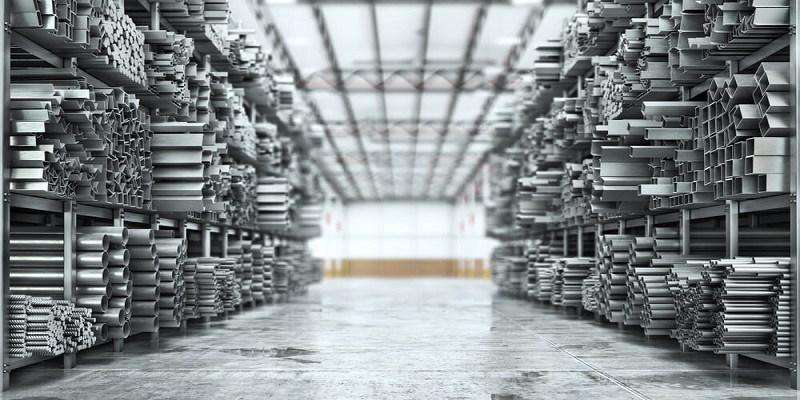Bridges are the physical structures that are built without blocking the space underneath. It also enhances the aesthetic look of the location significantly. Steel plays a vital role in the construction of bridges because of its numerous benefits. It is because steel lasts longer and is one of the versatile materials to use for bridges. Steel dealers in Chennai allow the bridges to withstand the load to a greater extent. However, there are various types of steel available in the market, and choosing the appropriate one is hard. It is essential to the steel according to the type of bridge. Steel can be deformed by changing its chemical composition and yield higher strength for the bridges. Hence, in this post, what type of steel is used in building bridges is discussed briefly.
Carbon steel:
It is the foremost type of steel used in bridge construction. This type of steel has high carbon content compared to other steel products. The concentration of carbon in the carbon steel is 2.5%, and the carbon content in other steel products ranges from 0.05%-0.3%. The reason for using this steel in the bridge is that they are resistant to shock and have high strength. The beam bridges use this carbon steel to carry loads that have high tension, compression, and shear.
Heat-treated carbon steel:
The regular carbon steel undergoes various heat treatments like full annealing, normalizing, quenching, and many more and makes the steel a more sustainable and versatile material to make products like MS chequered plate, beams, columns, and many more. The heat-treated carbon steel has high strength and has different physical properties compared to other steel products. The ductility and tensile strength of the steel allow the bridges to withstand physical factors like wind, storm, sun, and precipitation.
Weathering steel:
It is one of the variants of steel that have enhanced corrosion resistance. The weathering steel has a low carbon content and is mixed with alloy elements to form a rust-like appearance naturally. The carbon concentration is 0.2%, and hence, it enhances the aesthetic look of the bridges and blends well with the environment. This type of steel is especially suitable for an environment that has saltwater. Weathering steel does not rust easily and remains the same for several years.
Hence, bridges require high-quality steel products like SAIL TMT bar, beams, angles, and many more to withstand external and internal factors. Therefore, consider the tips shared in the post to choose the appropriate one.



